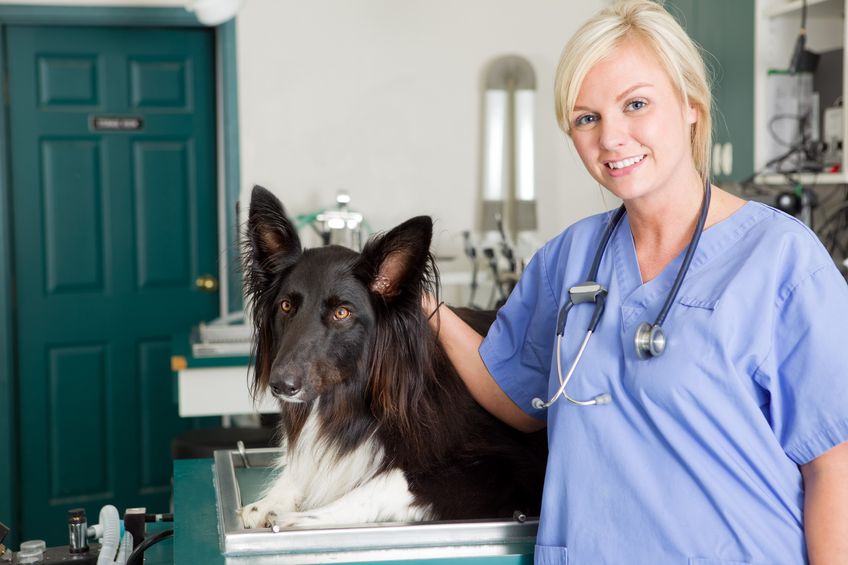Spaying or neutering your pet not only helps with pet overpopulation, it also has many benefits to your cat or dog.
Spaying and Neutering Pros
For instance, the risk of ovarian and uterine cancer and mammary gland tumors is reduced or eliminated for spayed female cats and dogs, especially if they are spayed before their first heat cycle. Female cats can be in heat for four or five days every three weeks during breeding season, and they will often urinate more frequently and yowl to attract male companions. Spaying eliminates this behavior by eliminating a female’s heat cycle.
Neutering reduces or eliminates the risk of marking or spraying by male cats and dogs. Neutering also prevents some prostate problems and testicular cancer. In addition, neutering reduces the likelihood that your pet will roam away from home and may help reduce aggressive behaviors as well.
When to Spa and Neuter
Traditionally dogs are spayed or neutered between six and nine months of age. However, dogs can be spayed or neutered as early as eight weeks of age, provided they are healthy. Dogs can also be spayed or neutered as adults, but there is an increased risk of post-operative complications when dogs are adults, overweight, or have health issues. Kittens can be spayed or neutered as early as eight weeks of age.
Your veterinarian will give you pre-operative instructions for your pet’s spay or neuter surgery. Most of the time, food must be taken away the night before the spay or neuter surgery. However, puppies and kittens need adequate nutrition, so your veterinarian may not ask you to restrict their food. Your vet may do pre-operative blood work to check the health of your dog or cat’s organs as a precaution before the surgery, especially if your pet is an adult at the time of the procedure.
Recovery Time
Most cats and dogs heal within two weeks of the spay or neuter surgery. Your veterinarian will give you pain medication to give to your pet at home in the days following the surgery. You should not allow your pet to lick the incision site. If necessary, you can put an Elizabethan collar on your pet to keep her from licking the incision. You should also isolate your cat or dog from other animals in the home while she recovers from surgery. You’ll also want to refrain from bathing your pet for several days following surgery.
It’s important to check your pet’s incision site daily to ensure it is healing. If you notice any swelling, redness, or discharge coming from the incision, you should call your vet right away. You should also contact your vet if your pet has decreased appetite, is lethargic, has diarrhea, is vomiting, or if you have any other concerns following his surgery.
Getting your pet spayed or neutered is an important responsibility. Not only will spaying or neutering your cat or dog help control pet overpopulation, it has significant health and behavioral benefits.

